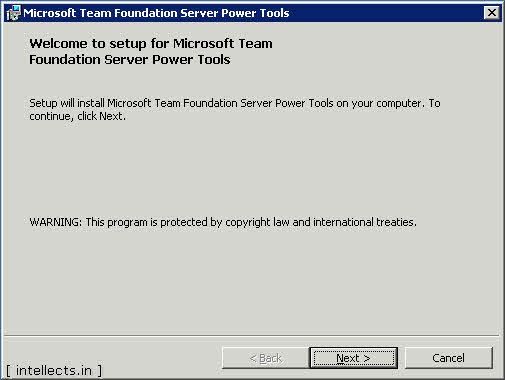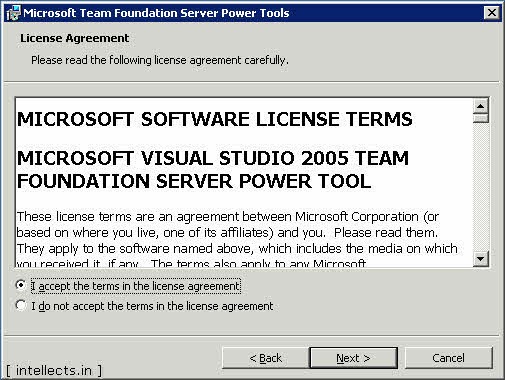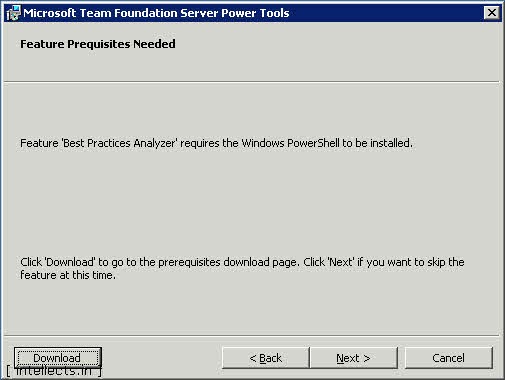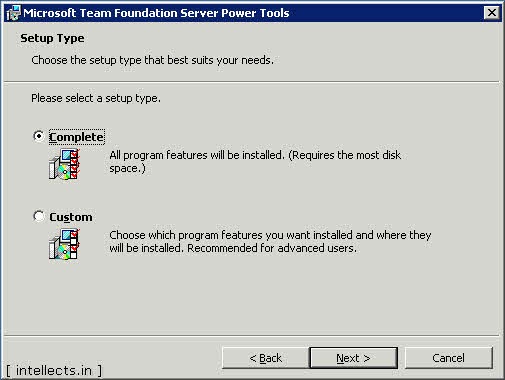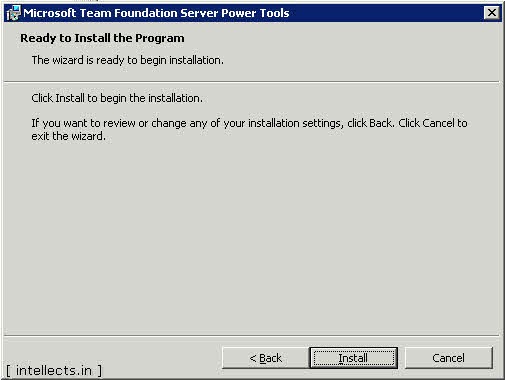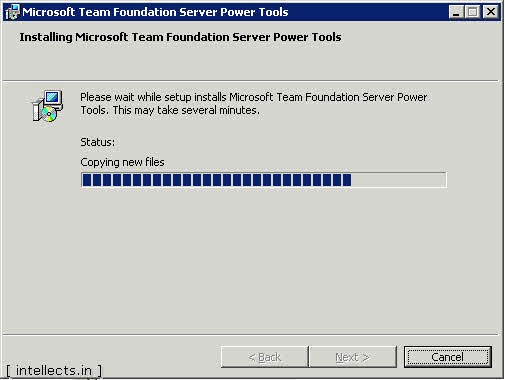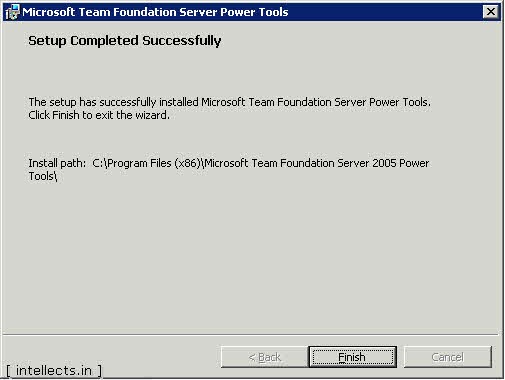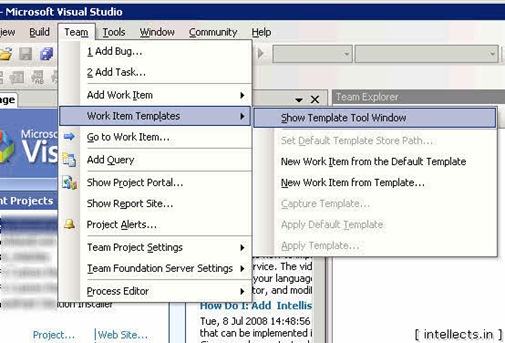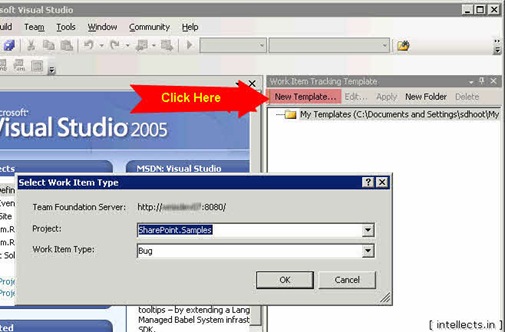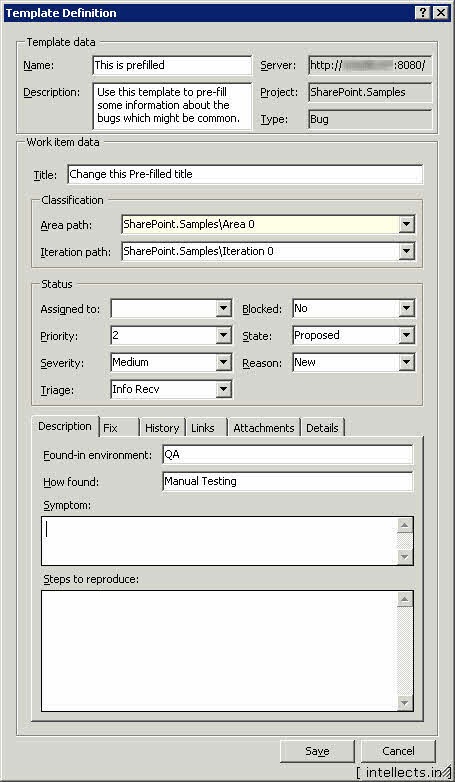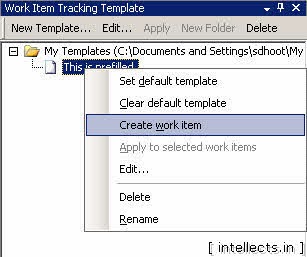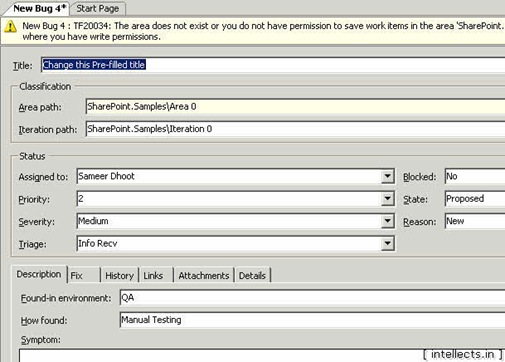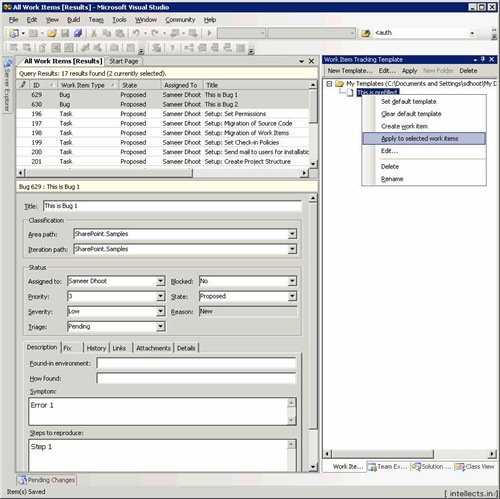Recently I’ve been customizing work item templates in team foundation server – we have been using the CMMi process out-of-the-box but inevitably after some continued use the process now needs some changes and some work item adjusted.
I realize that some companies customize straight away – their processes are clearly defined and TFS needs to be implemented in a particular manner in order for the team to function correctly. Our situation was less rigid, so it was decided to go with the standard process until it was felt that changes were needed.
Most of customization is done using XML which is the standard definition language for objects and entities. In order for customization experience to be smoother, easy and repeatable there is a tool developed by Microsoft and is called TFS Power Tools.
We will break-up the customization into following tasks and will discuss them each in series of posts
- Installing and Using TFS Power Tools (Part I, this post)
- Customizing Work Item Template (Part II)
- Customizing Process Template (Part III)
Installing and Using TFS Power Tools
Using the Team Foundation Server Power Tools it is a relatively painless process and in the latest release, the Visual Studio Team System Process Editor saves the day – it enables a visual representation of the work item templates and processes and allows you to easily customize them, all integrated into Visual Studio.
Following are pre-requisites for installing and working with TFS Power Tools
- Visual Studio 2005 (Should also work with Visual Studio 2008, I have not tested it)
- Team Foundation Server 2005
- Team Explorer 2005
- Domain-Specific Language Tools for Visual Studio 2005 Redistributable Components
- Windows PowerShell 1.0 (This is required to use TFS Best Practice Analyzer it is required even if you are not going to use the analyzer, this is installation dependency)
Now we all are set up and ready to go – time to install!
In the following step-by-step procedure I will assume that you are already working with TFS and have the VS/Team Explorer setup.
Since pictures speak louder than words, here is what you do to get started:
- Install the Domain-Specific Language Tools for Visual Studio 2005 Redistributable Components, pretty straight forward.
- Install the Windows PowerShell 1.0, pretty straight forward standard next, I agree, next stuff.
- Installing TFS Power Tools
NOTE: Please Ignore this screen above and press “Next“. I tried restarting after installing the PowerShell 1.0 but Power Tools Installation still was not able to verify that PowerShell was installed.
-
NOTE: You will see this popup above only if you are running Visual Studio at time of installation. Please close VS and press “Retry“
Using TFS Power ToolsStart Visual Studio 2005, when you start VS, Team Explorer may need to be manually started. You can do this by shortcut key Ctrl+M, Ctrl+\ (Team Explorer should be installed in order to use the TFS Power Tools)
When team explorer is loaded, there is a new menu item “Team” this is menu from where we are going to invoke Power Tools for TFS. Power Tool adds the following two sub menu under Team menu “Work Item Templates” and “Process Editor” the image below shows you how to open a Work Item Template Window
You can now see a new docked window called “Work Item Tracking Template“, click on the “New Template…” select the Project for which you are adding the template, select the Work Item Type and press ok
The image below is blank template for Work Item Type Bug in Project SharePoint.Samples which we selected in the step above. In order to save this template which can later be re-used we need to fill the field which are highlighted in red. You can fill almost all field which are common and you need not enter them every time you create a new Bug.
The image below is Sample of Pre filled Bug template. When you have filled all the information Save the template.
Now, how do we use this Pre filled template when we want to create a new Bug, in Work Item Tracking Template window you can see the template which you saved in step above. Right click on “This is prefilled” and click on “Create work item”
A new Work Item of type Bug is open for you to edit with values pre filled from the template. This should save you a lot of time. If you know whom to assign the bug to, you could even pre fill the Assigned To filed
Want more, you can even apply this template to existing Bug entered in the TFS earlier. Run the query “All Work Items” and select all the Bug’s using Ctrl+A, now in Work Item Tracking Template window right click on “This is prefilled” and click on “Apply to selected work items” and then open each Bug which is modified, do additional modification and the save.
Well, you have now seen the use of TFS Power Tool. In next post Part II I will be focusing on making changes to the process and modifying the WIT (Work item tracking) template on the server. I would further suggest you to read the official documentation on TFS Power Tools included with TFS Power Tools installation and can be located in the installation directory TeamFoundationPowerTool.doc
Link to other posts in series:
